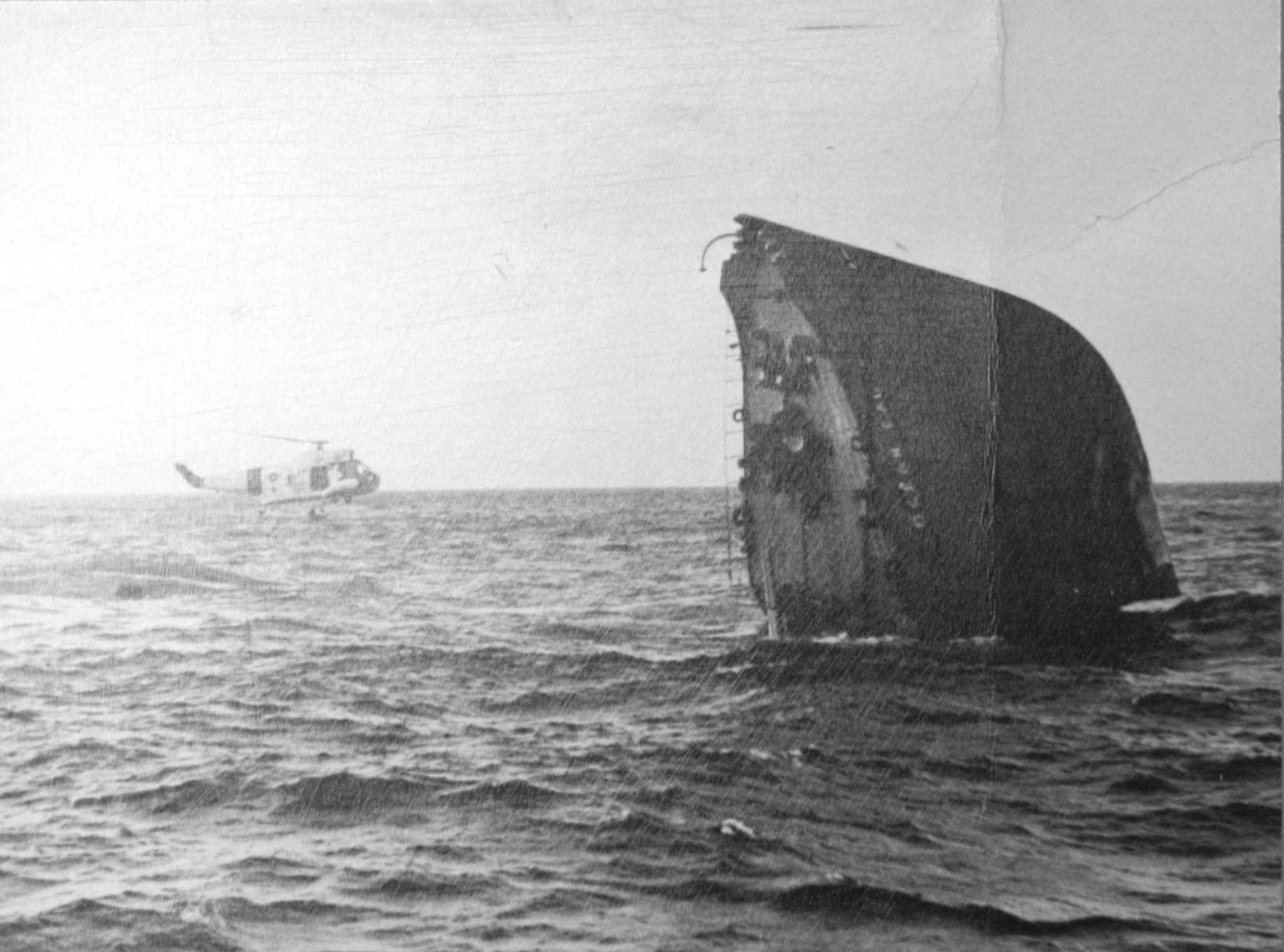In searching through the National Archives, a friend forwarded me a curious set of images that originated from a file on United States Maritime Service uniforms. It brought up a couple of questions: Where are these from? And, who wore this uniform?

The first question has an easy answer. The moniker in the specifications – “Maritime Academy” strikes out the uniform as being at any of the other United States Maritime Service-run schools; they were called “training stations” or “schools” during the war. Before Kings Point became known as the Merchant Marine Academy, it was sometimes referred to as the United States Maritime Academy in internal publications through 1943 – this places the uniform’s wear at the United States Merchant Marine Academy at Kings Point.
The second question is a little harder to pin down, but all evidence points to a professional bandsman. Like the United States Naval Academy at Annapolis and the United States Maritime Service training stations, the United States Merchant Marine Academy at Kings Point had a professional band; the years of its operation are unclear. There is evidence that the Academy had a professional band recruited from local New York City swing bands in 1942. Confusing matters, the Academy also had a band formed by cadet-midshipmen in 1944 – a Regimental “Dance Band.” This band was to alternate performances at Regimental dances with the Academy band. The Dance band eventually became today’s Regimental band.

Could this be a uniform for a bandsman in the professional United States Merchant Marine Academy’s professional band or the cadet-midshipman Dance band? I would suggest, a professional bandsman; perhaps a band leader.
The illustrated uniform does not follow the pattern worn by other United States Maritime Service bandsmen, they wore fairly drab six-button coats without loops and lace. Also, in looking at the notions, the uniform buttons are of Cadet Corps-type, or star-anchor-star – pointing to the uniform as belonging to Kings Point. It is worth mentioning that instructors and the United States Maritime Service Ship’s Service men at Kings Point did not wear these buttons with their uniforms – theirs were the USMS-type. The cap badge is also of the cadet-midshipman type worn until 1944. It follows that bandsmen were not members of the United States Maritime Service but contracted musicians – they are absent from Midships and period Kings Point faculty rosters, except Lt. (jg) James F. Nilan (USMS) as the director in 1942. If we ignore the organizational incongruities and taken together, the cap badge and deck gun date the uniform between 1942 and 1944, and the location definitively is Kings Point. In terms of whether or not the Regimental Dance band wore the uniform (comprised of solely cadet-midshipmen), in 1944 we see both the Dance and Jazz Band wearing a variation of the USNA short coat – which was later donned by the entire Regiment – in 1944. Thus, could this be a professional bandsman uniform from 1942 through whenever the Academy band was disbanded.

In a rare photograph from March 1943, as seen below, there is a complement of bandsmen leading a parade of cadet-midshipmen from the Pass Christian Merchant Marine Cader Corps Basic School on Red Cross Day in Louis, Mississippi. The bandsmen are wearing the uniform coat, replete with sleeve braid (albeit muted) and collar insignia as seen in the first photograph; however, differing from the cadet-midshipmen following them and the first photograph, is the fact that their caps have black patent-leather chinstraps. This difference in cap construction, suggests the first photograph details a band leader. It is worth mentioning that the course of study at the Basic School was only a few months in duration, which would mean forming a cadet band would be impractical; thus, the bandsmen are most probably professional musicians.


In taking a careful look at the collar devices of the bandsmen as well as the badge on the sleeve of the choir leader from the Kings Point, 1943 image (on right), it appears that all devices were adopted from the wartime United States Navy band. The image on the right alludes to another, not documented, uniform configuration which mirrors that of midshipmen, but without cadet-midshipman insignia; interestingly. these bandsmen do not wear caps with black chinstraps.

Whatever the uniform below represents, it is unlike any other seen at Kings Point. We would only see some form of fancy dress later at Academy when the Regimental band was under Captain Kenneth Force; he introduced pomp in the 1970s. I have not seen any photographs proving or disproving that this specific uniform was in use – perhaps this is the proof. Perhaps.
















































